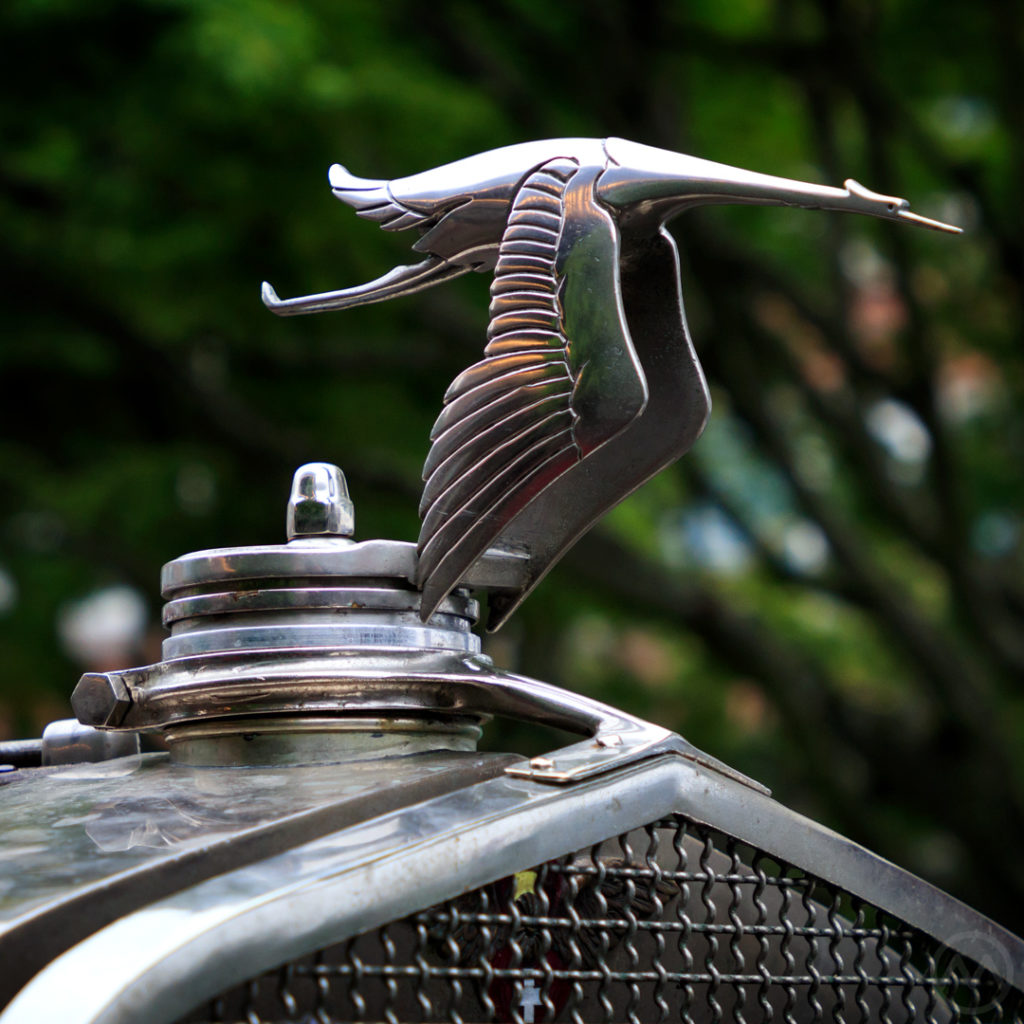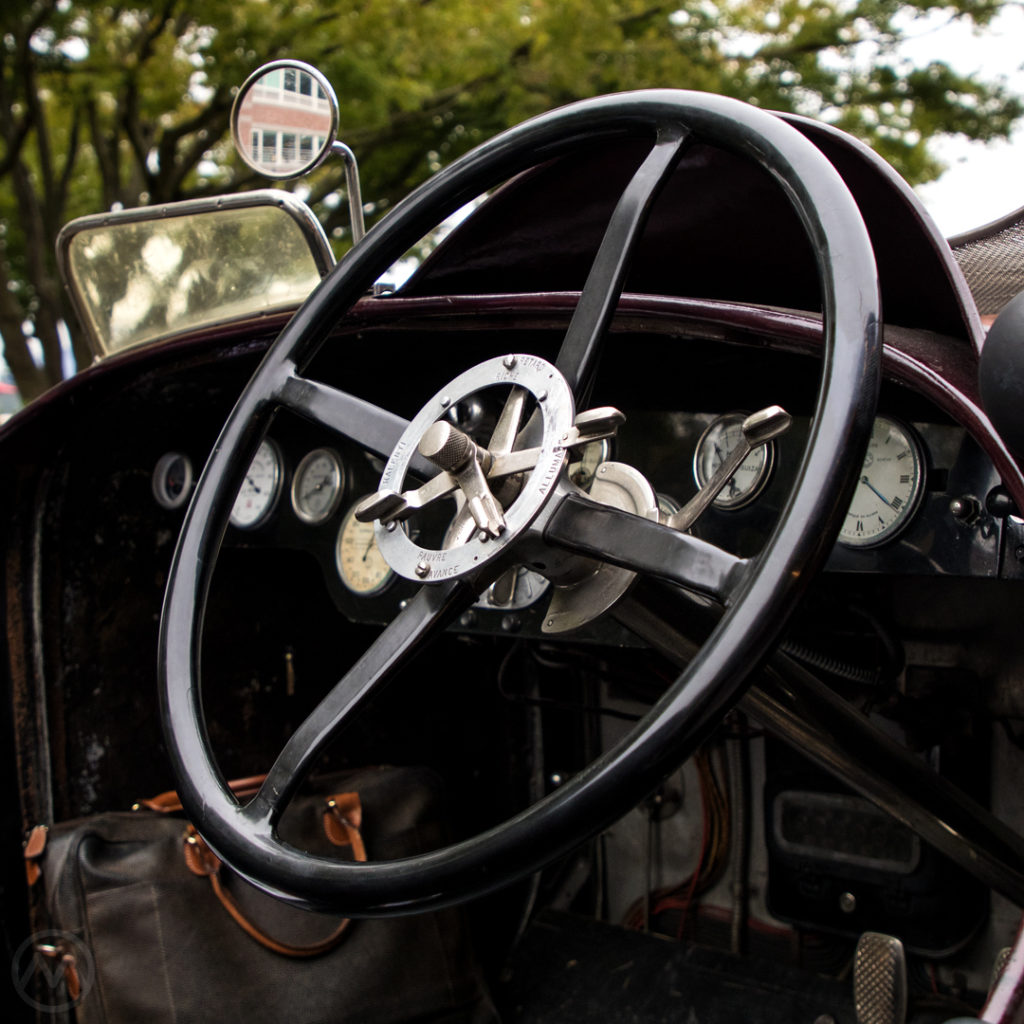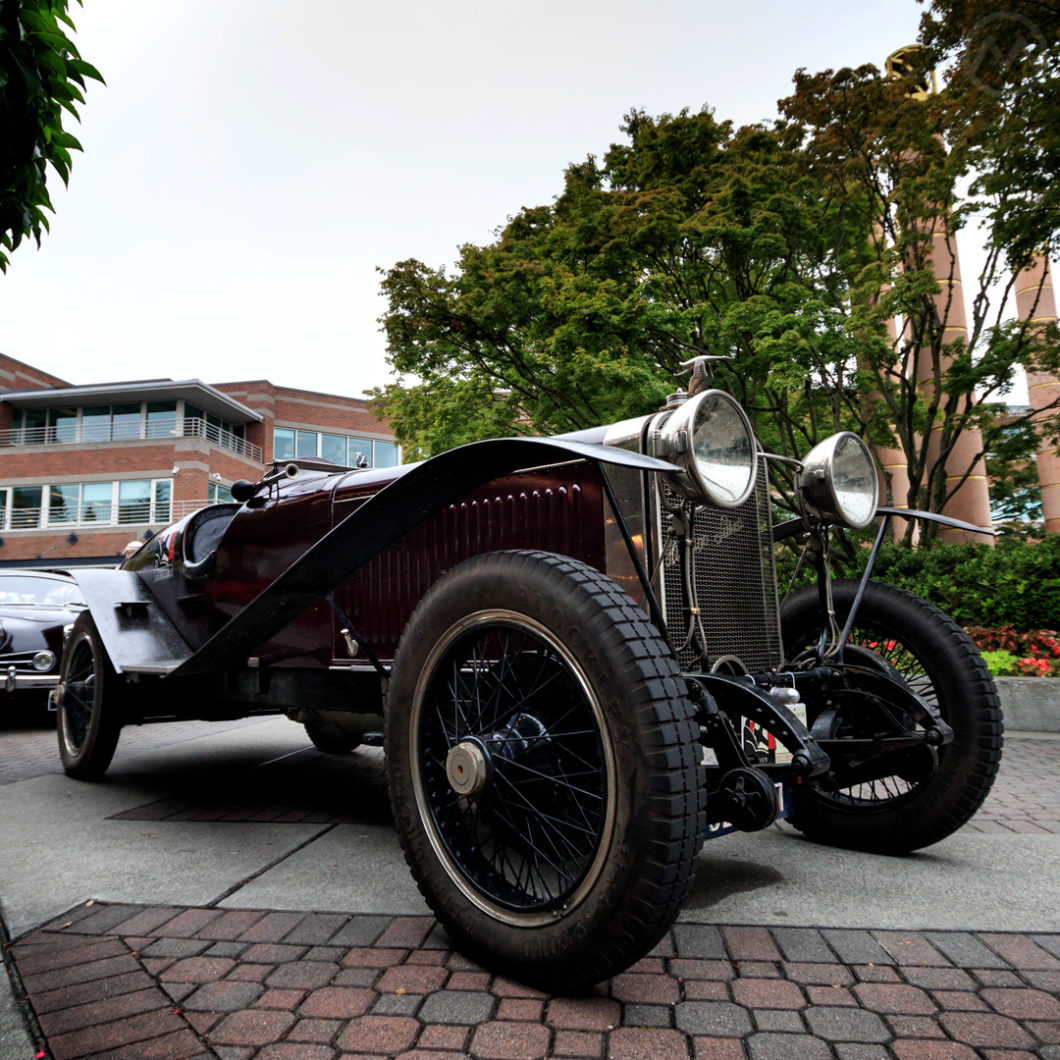Hispano-Suiza was named for its original home country (Spain) and co-founder Mark Birkigt’s home country (Switzerland) but became famous for building cars – and aero-engines – in both Spain and France. This particular car, however, was famous in Portugal. Famous (infamous?) as the most exotic car ever sold at a Police auction, at least.
It’s a Hispano-Suiza H6C and, even more exotic, a short-chassis example wearing a racing body – possibly a factory race car. The H6C is prosaic compared to modern cars but in 1925, it was one of the fastest and best road cars in the world. What could be a better ride for the world’s most famous forger and con man? More on him in a minute.
Spanish and Swiss
Hispano-Suiza’s roots go back to 1901 when Birkigt, already acknowledged as an engineering genius, was working for a quickly-bankrupted new carmaker in Barcelona called La Cuadra. This unstable company could never afford to pay its bills and an ownership change in 1903 created “Fábrica Hispano-Suiza de Automóviles.”
When the creditors seized it for unpaid bills, it was reconstituted into a new company in 1904 (the modern Hispano-Suiza) and Birkigt stayed on, working with new co-founder Damián Mateu.
The early Spanish cars led, at the end of that decade, to the King Alfonso XIII model, a big luxury car that became popular enough in France for local production to be set up at Levallois-Perret in Paris. The make’s real fame, however, came from the aero engines it produced during WW1. These used single cast aluminum blocks that proved more reliable and (key to aviation) much lighter than conventional assembled engine blocks at the time.

When the conflict was over, a new car arrived – the H6. After the war, the Spanish and French sides (Société Française Hispano-Suiza) of the company and their products would significantly diverge – the Spanish cars were more modest but still refined cars, the French cars true exotics.
Ultimately the Spanish side of the firm would become a ward of the Catalan state thanks to the Spanish civil war, but that was still far in the future when the H6 was new.
One of many new exotics in the immediate postwar period, the Aluminum 6.6L OHC six at the H6’s heart was one half of a planned airplane V12. It was mated to a sophisticated (and beautifully made) car with advanced power brakes and other high-tech features. Patents for Hispano technology were licensed to Rolls-Royce, among others. Bodies were usually by France’s finest coachworks, in particular (in later years) Saoutchik.
The Man Who Stole Portugal
The H6C short-chassis was the lightest, fastest, and rarest of the breed in the 1920s, and in 1925, master forger and Portuguese con-man Artur Virgílio Alves Reis (Alves de Reis) bought two of them – this racer and a big H6B sedan. Famously, the two were parked right outside of a bank de Reis had established in Lisbon (on false pretenses) shortly before his final fall from grace.
De Reis was already an experienced forger when passing bad checks briefly landed him in a Lisbon jail in 1924. He’d moved to Portuguese Angola in 1916 and using a forged diploma from Oxford University and bad checks, he’d made himself quite a bit of money playing with railroad stocks.
A proto Frank Abagnale, he didn’t get caught until he was back in Lisbon, having gotten into the car trade and once again hanging paper to buy a company he wanted.
In jail in 1924, he concocted a truly elaborate scheme in which he convinced dozens of foreign embassy officials, government bureaucrats, and financiers to help him print real Portuguese bank notes.
Playing on public skepticism of self-dealing, often corrupt Pols and bankers, his scheme was supposedly a Government-authorized program to make low interest loans to Portuguese Angola. Normal rules had been bent so often that a clandestine attempt by the Portuguese National Bank to do something of importance did not seem implausible.
In reality, he convinced the British currency printer, Waterlow & Sons Ltd., to print him hundreds of thousands of phony Portuguese escudos (Portugal’s currency at the time). This spectacular scheme was what paid for the Hispanos and de Reis’ high-on-the-hog lifestyle, until he was finally caught in late 1925.

During the scheme, he’d actually begun purchasing parts of the Bank of Portugal. If he’d acquired a controlling interest, his actions could have been legitimized. It’s estimated that he printed nearly 1% of Portugal’s GDP in phony currency.
The Aftermath
The impact on the country and perceptions of its banking sector was catastrophic, and may have had a hand in inspiring the 1926 Coup D’etat that established the Estado Novo that would last until 1974’s Carnation Revolution.
De Reis served 15 years in prison after five years of semi-house arrest following the discovery of his crimes.
After the fraud was discovered, the cars were soon seized and auctioned – this one remained in a Portuguese barn until 1969. It was gradually restored to its “as discovered” condition in 2017.
You can read much more about Alves de Reis in the 1953 book The man who stole Portugal, by Murray Teigh Bloom.

